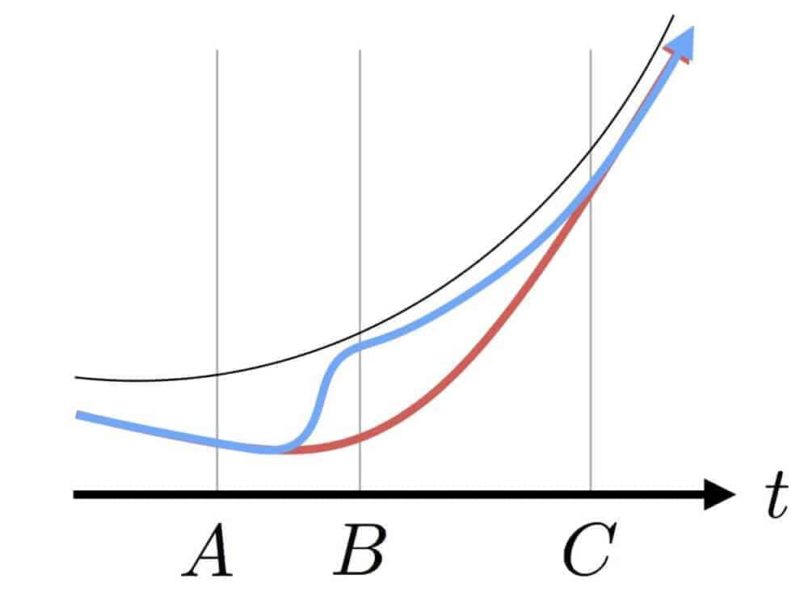An automated camera system was able to learn how to better film basketball and soccer games – and smoothly recover from mistakes – by watching human camera operators, scientists at Disney Research report.
The result was footage without much of the jerkiness that plagues automated cameras, said Peter Carr, senior research engineer at Disney Research.
“Having smooth camera work is critical for creating an enjoyable sports broadcast,” Carr said. “The framing doesn’t have to be perfect, but the motion has to be smooth and purposeful.”
Carr, along with colleagues at Disney Research and the California Institute of Technology, will describe the theoretical underpinnings of their new approach June 19 at the International Conference on Machine Learning (ICML) in New York City. The Disney Research and Caltech researchers, joined by colleagues at the University of British Columbia, will describe their field experience training the camera system during basketball and soccer games June 26 at the IEEE Conference on Computer Vision Pattern Recognition (CVPR) 2016 in Las Vegas.
“This research demonstrates a significant advance in the use of imitation learning to improve camera planning and control during game conditions,” said Jessica Hodgins, vice president at Disney Research. “This is the sort of progress we need to realize the huge potential for automated broadcasts of sports and other live events.”
Current optical tracking technology can’t reliably follow the ball automatically for the duration of a match, but the automated camera system can follow the general flow of the game by studying detected player positions. Because of imperfect sensing, automated cameras generate jittery footage — especially when incorrectly anticipating how the game is about to unfold.
Human operators are adept in such situations, so the researchers developed new machine-learning algorithms to ensure automated cameras could strike the right balance between smoothness and closely following the action. Unlike established learning algorithms, the proposed approach repeats multiple times, and learns by analyzing the deviations it makes from the human operator at each iteration.
It’s a situation analogous to a parent teaching a child how to ride a bike, Carr said. The parent can steady the child on the bike, and gradually loosens the grip as the child gets better acquainted with riding the bike.
Human operators tend to be a bit more aggressive in following the action, Carr noted, though there were times in their field tests when the camera system outperformed the humans. In one fast break during a basketball game, for instance, the human operator moved the camera in anticipation of a dunk, while the computer correctly assessed the player positions and predicted a pass play.
The system was more successful in basketball games than in soccer games because soccer players tend to hold their formation and their movements thus provide less information about the ball and where the camera should look, Carr said.
In addition to Carr, Hoang Le, Andrew Kang and Yisong Yue of Caltech along with Jianhui Chen and James J. Little of the University of British Columbia developed the smooth imitation learning algorithm.
If our reporting has informed or inspired you, please consider making a donation. Every contribution, no matter the size, empowers us to continue delivering accurate, engaging, and trustworthy science and medical news. Independent journalism requires time, effort, and resources—your support ensures we can keep uncovering the stories that matter most to you.
Join us in making knowledge accessible and impactful. Thank you for standing with us!

